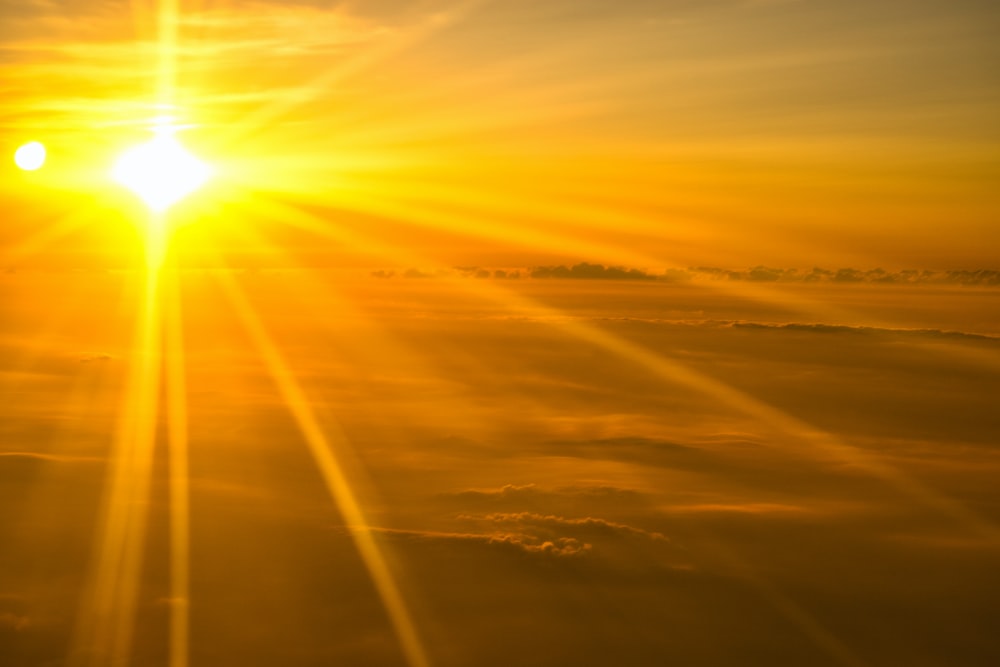Home > Tips For Taking Stunning Portraits In Natural Light

Many photographers do not recommend taking pictures in daylight because of harsh light and it is also difficult to work in. Models also struggle to hold poses or do expressions while shooting if it’s too hot or too bright. However, with some adjustments, tips, and workarounds, it is actually possible to get great results in this kind of lighting.
In this article, we shared the best tips for anyone thinking of taking portraits in natural sunlight. These tips will address some of the common issues that photographers face while shooting, such as casting shadows over the subject, overexposure, and help to make the photography easier for models and people around.
Early mornings or sunset, as the light is objectively not sharp to work with and can make images better. But, just because the sun is on high exposure in the middle of the day, and it seems too harsh, does not mean you need to stay inside entirely. Find some shady side of a building, and you will good to go with the lighting that is undeniably acceptable. Also, sometimes the results will amaze you.
Sun Seeker app simplifies scheduling and planning an outdoor shoot. It simply places a grid over your screen that is essentially augmented reality and then it tracks the solar position and path. So, as a photographer, you can depict exactly when and where the sun will be for the next hours. If you are entirely shooting outside, this will be a lifesaver. You can find your location, use this app, and determine if it will be a good spot or not based on where the light will be by the time you are taking photos. Once you will be clear with where you want your shoot to be, this app will be your thing to carry around.
Using Curtain diffusion is one of the oldest tricks used in photography and, is a good way to create an even, soft light on your subject that gives a very cinematic feel. So how to do this without any studio lighting? Windows – Positioning your subject near to a window can be a fantastic solution when staying inside, while also creating an even light spill. However, softer lights can be needed, just grab some shower liner and tape it or hang it from a C-stand over the window. It is very cheap and won’t make you buy any lights.
So back to the first point, shooting outside the studio or using natural light will always produce surprising results. The lighting will never be what you expect. Whether it is overlooking trees, clouds, buildings, there are many objects that can change the lighting that you will need to workaround. Another one of the mentioned aspects is shadows.
Shadows can be an amazing asset to your shoot by adding interesting meaning and shapes. Working with shadows can sometimes be tricky; you just have to pay attention to what is going to happen with the sunlight and how the subject will react to that light.
Finding photographic inspiration can be hard. The solution to this problem is to get on Instagram, and you see an award-worthy photo in the scrolling of your first 15 seconds. But, often, this admiration is fleeting, that is why finding good cinematographers who inspire you is a great solution.
Here we are saying cinematographers and not photographers because the change in medium is a good way to mix up the creative work. Checking how cinematographers handle natural light on digital photography is a good lesson for photographers.
It feels like a broken record at this point, but shooting on film will change your perspective on lighting, editing, color, shadows, and the entire process. The reason we bring it up now is that when you shoot with a low-ISO film like 100 or 400, shooting in the middle of the day will change the way we see natural-light photography. The increase in dynamic color and range differences is frankly shocking at times.
For more guidance on this product please contact us at [email protected] or call +923122951169.
Monday – Saturday:
11:30 AM – 9pm
Copyright © 2025. All Rights Reserved.
Website Powered By DABBS Solutions Pvt. Ltd.
Social Chat is free, download and try it now here!